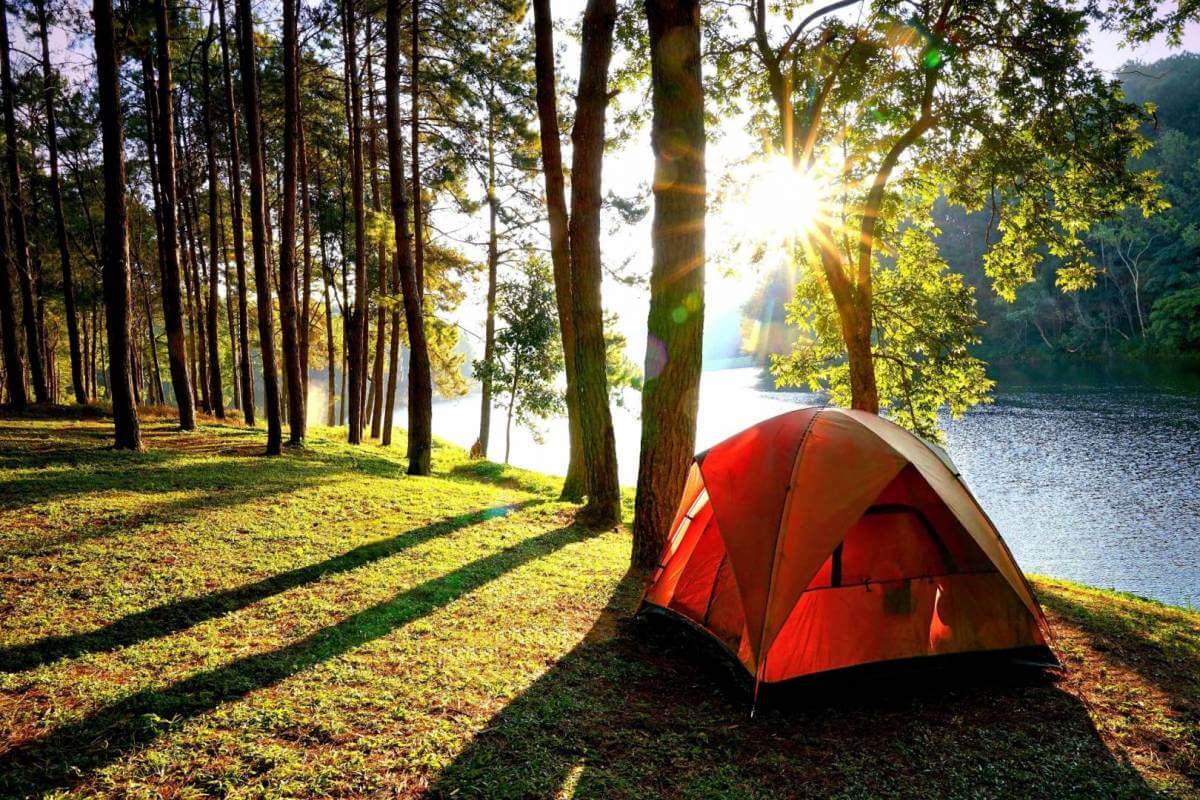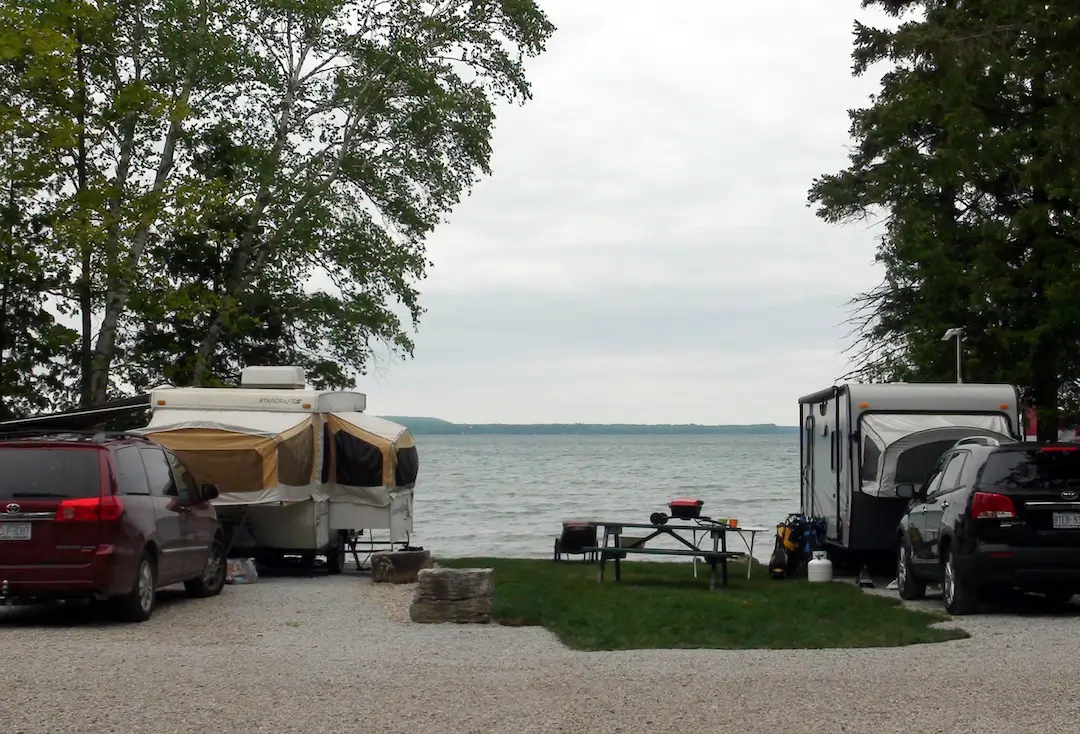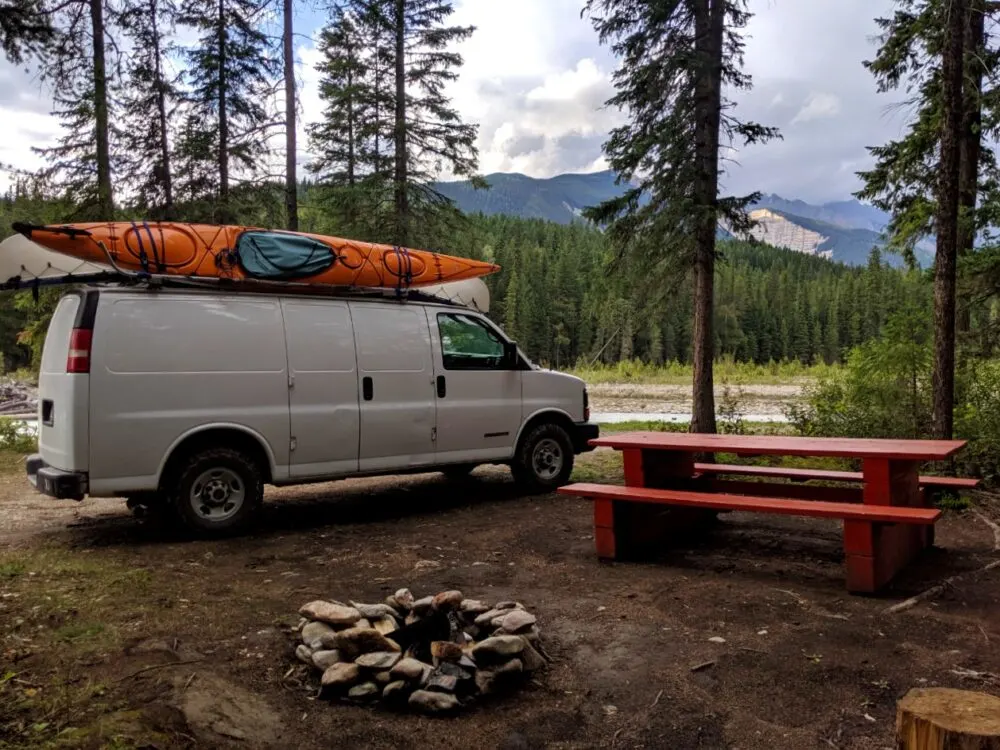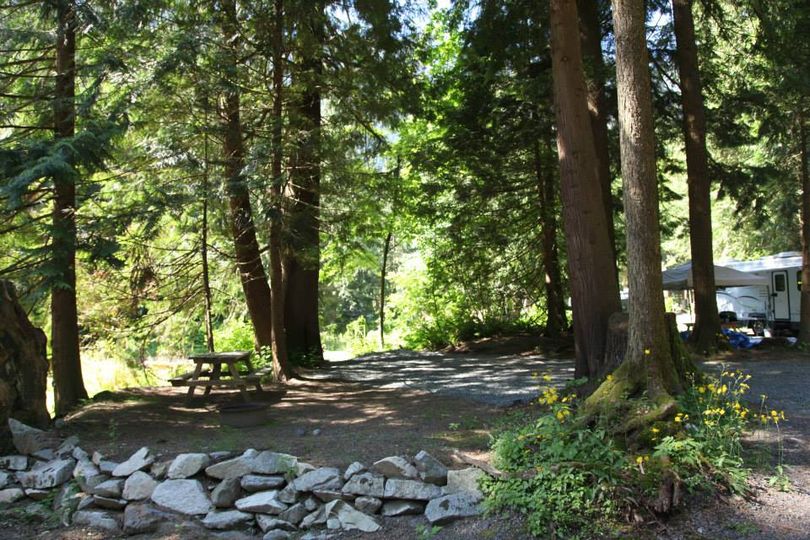This article will discuss everything you need to know about sleeping bags! We’ll cover how to choose the right one for you, what materials they are made from, and how to properly care for your sleeping bag so that it lasts for years.
A sleeping bag is one of the essential gears for any outdoor adventure, whether camping in the woods, backpacking in the mountains, or just spending a night in the backyard. But with so many different types and styles of sleeping bags on the market, it can be tough to know which one is right for you. In this blog post, we’ll introduce you to the basics of sleeping bags so that you can make an informed decision when it comes time to purchase one.
Sleeping bags are typically made from synthetic or downfill, each with advantages and disadvantages. Synthetic sleeping bags are usually cheaper and easier to care for than down bags, but they don’t provide as much warmth. Down sleeping bags are more expensive but much lighter and more compressible, making them ideal for backpacking.
When choosing a sleeping bag, select the shape and size that best fits your needs. Mummy-style bags are more form-fitting and provide better heat retention, while rectangular bags give you more room to move around.
Sleeping Bags: Your Ticket to a Good Night’s Sleep in the Great Outdoors

A good night’s sleep is essential for camping, hiking, and other outdoor activities. After all, you want to be well-rested and ready for the day ahead. That’s where a sleeping bag comes in! A high-quality sleeping bag can make all the difference when it comes to getting a good night’s rest in the great outdoors.
First things first: what exactly is a sleeping bag? It’s a portable bed you can take with you on your adventures. Sleeping bags are insulated to keep you warm and cozy throughout the night. They typically come in mummy or rectangular shapes and may feature hoods, zippers, and other features to help you customize your sleeping experience.
So, why should you invest in a suitable sleeping bag? Here are just a few reasons:
Comfort: Let’s face it, sleeping on the ground can be uncomfortable. But a suitable sleeping bag can provide a soft, cushioned surface to help you sleep better.
Warmth: Depending on the weather conditions, you may need extra insulation to stay warm at night. A high-quality sleeping bag will provide that insulation, helping you stay comfortable even in chilly temperatures.
Portability: One of the best things about sleeping bags is that they’re easy to pack and take with you on the go. Whether you’re backpacking through the wilderness or car camping at a local park, you can bring your sleeping bag for the ride.
Of course, not all sleeping bags are created equal. When shopping for a sleeping bag, here are a few key factors to consider:
Temperature rating: Look for a sleeping bag with a temperature rating that matches the climate you’ll be camping in. For example, a lightweight bag with a 30-degree Fahrenheit or higher rating should suffice if you camp in the summer.
Size and shape: Choose a sleeping bag that fits your body comfortably. Mummy bags are typically narrower and more form-fitting, while rectangular bags offer more room to move around.
Insulation type: There are a variety of insulation materials used in sleeping bags, including down, synthetic fibres, and more. Each has pros and cons, so do your research to determine which material is suitable for you.
The Different Types of Sleeping Bags
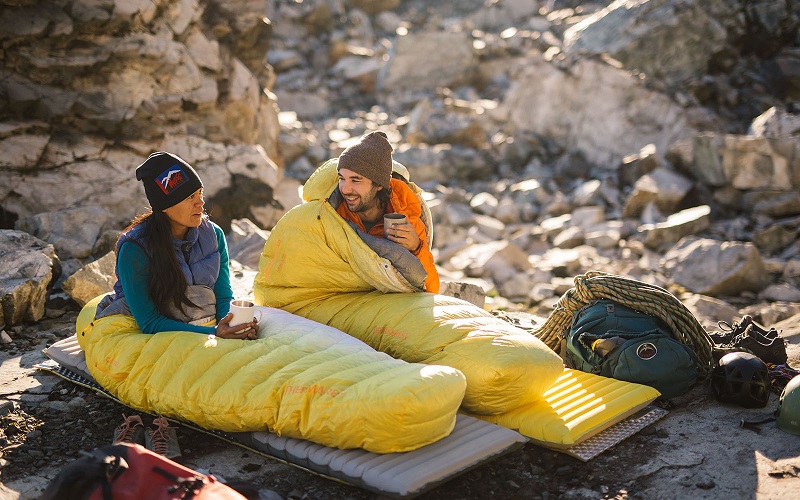
There are different types of sleeping bags available on the market today. Some are designed for specific seasons, while others can be used all year round. In this blog post, we’ll look at the different types of sleeping bags and their benefits.
Summer Sleeping Bags:
These sleeping bags are usually made from lighter materials such as cotton or synthetic fibres. They’re designed to keep you cool in warm weather conditions.
Benefits:
Summer sleeping bags are great for camping in warmer months. They’re also usually more affordable than other types of sleeping bags.
Winter Sleeping Bags:
Winter sleeping bags are typically made from heavier materials such as down or wool. They’re designed to keep you warm in cold weather conditions.
Benefits:
Winter sleeping bags are ideal for camping in colder months. They usually have more insulation than summer sleeping bags to stay warm even in sub-zero temperatures.
The Pros and Cons of Sleeping Bags
There are a lot of different factors to consider when choosing a sleeping bag. Some people might prefer the traditional route of a blanket and sheets, while others might go for the more modern sleeping bag option. Both choices have pros and cons, depending on what you value most in a sleeping experience.
Here are some of the pros of sleeping in a bag:
- You can get very specific about the temperature rating you need. This is great for people who tend to get cold quickly or who like to sleep in more relaxed environments.
- They often have a waterproof and water-resistant shell, which can be great for camping trips where you never know what the weather will be like.
- Sleeping bags typically have a hood that can be pulled tight around your head, providing extra warmth on chilly nights.
On the other hand, here are some of the cons of sleeping in a bag:
- They can be constricting and uncomfortable for people who don’t like being confined in small spaces.
- If you accidentally roll over in your sleep, you could get trapped inside the bag and suffocate.
- They can be difficult to move
How to Choose a Sleeping Bag?

There are a few things to consider when choosing a sleeping bag. First, you must decide what type of bag best suits your needs. There are three main types of loads: summer bags, three-season bags, and winter bags. Summer bags are the lightest and most comfortable in warm weather. Three-season bags are a bit warmer and can be used in spring, fall, and summer. Winter bags are the heaviest and warmest, perfect for cold-weather camping.
Next, you need to think about the size of the bag. Bags come in different lengths to fit people of different heights. It would be best to consider how much space you need inside the bag. If you plan on bringing extra gear or like to move around while you sleep, you will want a roomier bag. Finally, take into account the weight of the pack. Heavier loads will be more difficult to carry but keep you warmer at night.
Once you have considered all of these factors, it is time to choose the perfect sleeping bag for your next adventure!
Sleeping Bag Care and Maintenance
Sleeping bags are a great way to stay comfortable while camping, but they must be adequately cared for to remain in good condition. Here are some tips on how to care for your sleeping bag:
- Store your sleeping bag in a cool, dry place when not in use.
- Wash your sleeping bag regularly with a mild detergent.
- Spot-clean any stains or dirt on your sleeping bag as soon as possible.
- Air out your sleeping bag after each use to help prevent mildew.
- Repair any holes or tears in your sleeping bag promptly.
By following these simple care tips, you can help extend the life of your sleeping bag and ensure that it will be ready for your next camping adventure!
FAQ
What is a sleeping bag?
A sleeping bag is insulated bedding designed to keep you warm and comfortable while camping or outdoors.
What are the different types of sleeping bags?
Several sleeping bags include rectangular, mummy, semi-rectangular, double, and kids’ sleeping bags.
How do I choose the right size sleeping bag?
Choose a sleeping bag that fits your height and body type. You should have enough room to move inside the bag without feeling cramped.
What are the temperature ratings on sleeping bags?
Temperature ratings indicate the lowest temperature in a sleeping bag will keep you warm. Choose a sleeping bag with a rating appropriate for the lowest temperature you expect to encounter on your trip.
What materials are sleeping bags made from?
Sleeping bags are typically made from synthetic materials like polyester or natural materials like down feathers. Each material has benefits and drawbacks, so choose one according to your needs and preferences.
Can sleeping bags be washed?
Yes, most sleeping bags can be washed. However, carefully following the manufacturer’s cleaning instructions is essential to avoid damaging the insulation.
How do I store my sleeping bag?
Store your sleeping bag in a dry, cool place away from direct sunlight. To prevent damage to the insulation, avoid storing your sleeping bag compressed for prolonged periods.
How long do sleeping bags last?
The lifespan of a sleeping bag depends on the quality of the materials and how well it is cared for. With proper use and maintenance, a high-quality sleeping bag can last for many years.
Should I choose a down or synthetic sleeping bag?
Down sleeping bags are typically lighter and more compressible than synthetic sleeping bags, which can be advantageous for backpacking trips. However, down is less durable when wet and generally more expensive. Synthetic sleeping bags are bulkier and heavier but can retain warmth even when wet. They are also generally less costly.
Can I use a sleeping bag in warm weather?
Yes, you can still use a sleeping bag in warm weather. Choose a lightweight, breathable sleeping bag with a lower temperature rating to stay comfortable during mild nights.
Are there any particular features to look for in a sleeping bag?
Some sleeping bags have extra features like a hood to keep your head warm, a draft collar to prevent cold air from entering the bag, and a zipper baffle to prevent heat loss through the zipper.
How do I know if my sleeping bag is too warm?
It may be too warm for the current temperature if you feel too hot or sweaty inside your sleeping bag. Consider unzipping the bag or using a lighter-weight sleeping bag instead.
Can I use a sleeping bag indoors?
Yes, sleeping bags can also be used indoors as an alternative to traditional bedding. This can especially be useful for guests or people who are travelling.
How should I pack my sleeping bag?
To pack your sleeping bag, stuff it into its compression sack or storage bag. Avoid rolling or folding the bag, as this can damage the insulation.
Can sleeping bags be repaired?
Sleeping bags can often be repaired if they suffer minor damage like a tear or snag. Check with the manufacturer for repair options, or take it to a professional gear repair shop.
Conclusion
Sleeping bags are an essential part of camping gear. They keep you warm at night and make it easy to get a good night’s sleep. When choosing a sleeping bag, it is crucial to consider the temperature range you will be camping in and the bag’s weight and packed size. With so many different options on the market, choosing the right one for you can be tricky. We hope our guide has helped you narrow your choices and find the perfect sleeping bag for your next camping trip.
- Yonge-Dundas Square in Toronto is Now Called “Sankofa Square” - December 17, 2023
- Best Western Brooks’ SureStay Plus debuts in Alberta - December 16, 2023
- Air Canada Arrives in Tulum, Mexico as the First Canadian Airline - December 16, 2023

